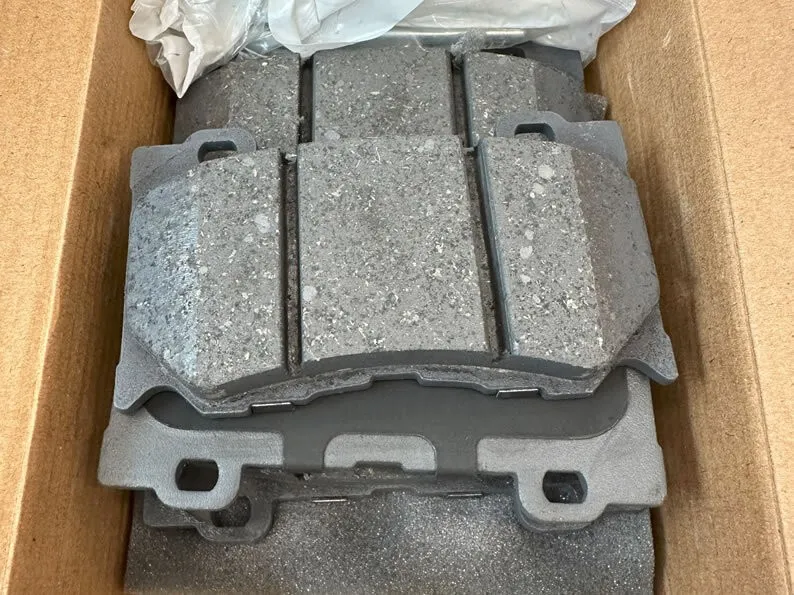Brake Types for Different Weathers: Cold and Hot
June 15, 2024Choosing the right brake type for different weather conditions is important for safety and performance. Here’s a look at how different brakes perform in cold and hot weather, with specific examples and practical advice.
Brakes for Cold Weather
In cold weather, temperatures often drop below 0°C and can go as low as -20°C or even lower in some regions. Here’s what to consider:
-
Ceramic Brakes
- Temperature Range: Perform well even in extremely low temperatures.
- Pros: Excellent stopping power and minimal wear in cold conditions.
- Cons: More expensive than other types.
- Lifespan: Around 70,000 km under normal conditions, but can last longer in cold weather due to less wear.
-
Metallic Brakes
- Temperature Range: Suitable for temperatures down to -10°C.
- Pros: Good performance and durability.
- Cons: Can become less effective and noisier at very low temperatures.
- Lifespan: Typically last between 50,000 and 60,000 km.
-
Organic Brakes
- Temperature Range: Best for temperatures above -5°C.
- Pros: Quiet and gentle on rotors.
- Cons: Wear out faster in cold weather.
- Lifespan: Around 30,000 to 40,000 km, but might reduce to 20,000 km in very cold conditions.
Brakes for Hot Weather
In hot weather, temperatures can rise above 30°C, often reaching 40°C or higher. Here’s how different brakes cope with the heat:
-
Ceramic Brakes
- Temperature Range: Effective up to 50°C and beyond.
- Pros: Maintain performance in high temperatures, resistant to brake fade.
- Cons: High cost.
- Lifespan: Approximately 70,000 km, with consistent performance in hot conditions.
-
Metallic Brakes
- Temperature Range: Work well up to around 40°C.
- Pros: Good heat dissipation, suitable for heavy use.
- Cons: Can wear rotors faster in high temperatures.
- Lifespan: About 50,000 to 60,000 km, potentially less in extreme heat.
-
Organic Brakes
- Temperature Range: Perform adequately up to 30°C.
- Pros: Smooth and quiet operation.
- Cons: Higher wear rate and can overheat quickly in hot weather.
- Lifespan: Typically 30,000 to 40,000 km, but can decrease to 25,000 km or less in very hot conditions.
Practical Tips for Selecting Right Brake Pads
- For Cold Weather: If you live in an area with harsh winters, ceramic brakes are the best choice despite the cost. They offer reliable performance and longevity. Metallic brakes are also a solid option if temperatures don't get extremely low.
- For Hot Weather: Ceramic brakes are again the top choice due to their ability to handle high heat without performance loss. Metallic brakes are good for hot climates but keep an eye on rotor wear. Organic brakes are less ideal in high heat but can be sufficient in moderate climates.
Choosing the right brakes based on weather conditions can enhance safety and prolong the life of your braking system. Always consider the typical temperatures in your area and match your brake type accordingly for optimal performance and durability.


